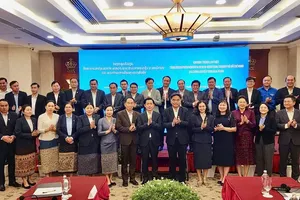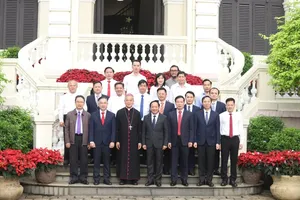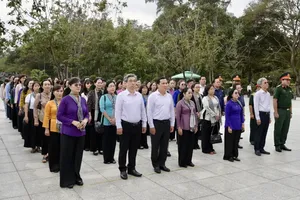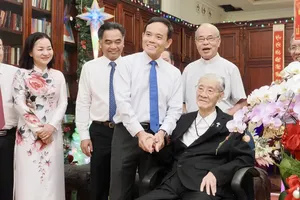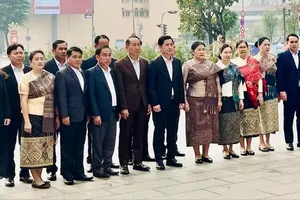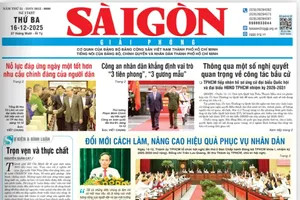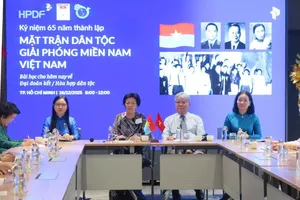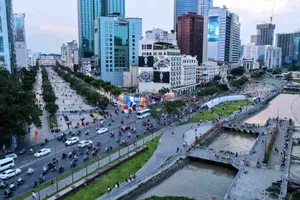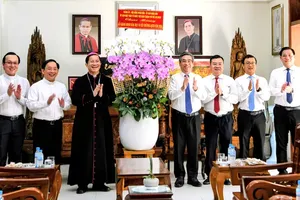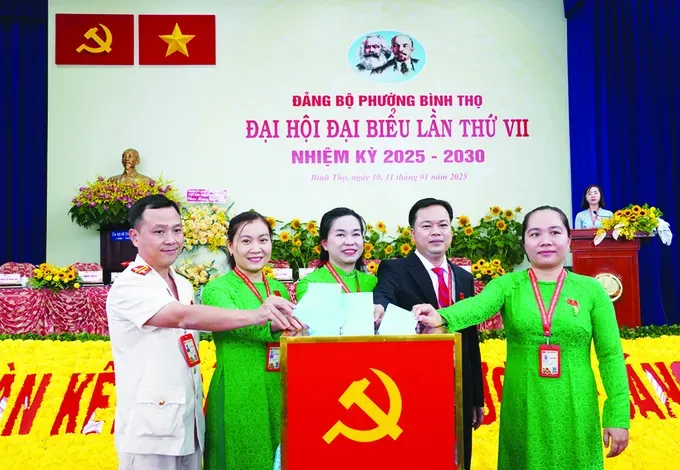
Under the new arrangement, HCMC will be streamlined to just six “above-grassroots” Party organizations. These will include the Party Committees of the city’s People’s Committee, central Party agencies, Public Security, Military Command, Border Guard, and Vietnam National University-HCMC, alongside 168 commune-level Party organizations.
As the administrative restructuring proceeds, local authorities are preparing for the swift establishment and operation of these new Party bodies, particularly at the grassroots level, ensuring a seamless transition once the restructuring is complete.
To guide this complex process, the HCMC Party Committee’s Organization Commission has issued directives on the key tasks involved in dissolving the old district-level Party structures and establishing the new commune-level ones. A critical directive is that the dissolution of old committees must be perfectly synchronized with the launch of the new ones to avoid any governance gaps.
To prevent confusion, the HCMC Party Committee has issued comprehensive guidance. Standing Deputy Secretary of the committee Nguyen Thanh Nghi has promulgated a detailed plan for the upcoming Party Congresses at both grassroots and above-grassroots levels for the 2025-2030 term.
This plan specifies the number of committee members at each level and outlines the process for appointing personnel – drawing from existing local cadres – for the newly merged or consolidated Party Committees in communes, wards, and other bodies under the city’s authority.
For the initial 2025-2030 term, leaders of newly created communes and wards will be appointed rather than elected. These crucial appointments, based on rigorous standards and proven capabilities, are designed to ensure the Party’s direct leadership and uphold full accountability.
To guarantee transparency in this selection, the HCMC Party Committee has established a temporary framework of standards for leadership and management roles.
Beyond general qualifications, HCMC has defined specific criteria for each position and created a clear set of principles and priorities for appointments. The focus is squarely on selecting officials who demonstrate outstanding competence, a strong sense of responsibility, and genuine dedication.

In Thu Duc City, which currently has 357 leadership and management officials, Secretary of the Thu Duc City Party Committee Nguyen Huu Hiep stated that a comprehensive review of all cadres, civil servants, and public employees is underway. This assessment will inform the personnel appointments required for the new political structure.
Mr. Nguyen Huu Hiep praised HCMC’s criteria framework as a “highly suitable” foundation for selecting capable and ethical leaders. He noted that since this is Thu Duc City’s third restructuring, they have valuable experience in post-merger personnel management.
Building on this, Thu Duc City has introduced its own stringent standards. For instance, officials who have only managed to complete their tasks for two years or failed for one year will not be reappointed. Reappointment is also denied to leaders who lack outstanding achievements in key initiatives like the Covid-19 response or emulation drives. This demonstrates transparency and objectivity since an official’s capability is demonstrated through tangible, practical results that are easy to recognize and evaluate.
“We have identified that personnel work is the single most decisive factor for success in streamlining the state apparatus. The selection and placement of officials must be meticulous, objective, fair, and rigorous, always prioritizing the common good. This is the essence of the principle ‘select the right person for the task’. To this end, agencies are developing specific standard frameworks to guide the selection of high-quality, effective officials for the new communes and wards.”
Secretary Nguyen Van Loi of the Binh Duong Province Party Committee
According to Dr. Bui Ngoc Hien of the HCMC Cadre Academy, appointing leaders in newly merged localities is an essential, centrally-guided strategy. He explained this approach avoids the pitfalls of an election, such as potential deadlocks between the old committees over personnel. It also prevents skewed outcomes where candidates from larger pre-merger units could gain an unfair electoral advantage. Dr. Hien affirmed that appointment is a necessary and carefully researched step by central authorities to ensure a fair and functional transition.
He added that the guidelines detail a rigorous appointment process that harmonizes democratic principles in candidate selection with the authority of the appointing bodies, all while adhering to the motto of ‘selecting the right person for the task’.
“Combined with other innovations in personnel management and forthcoming changes to the Law on Cadres and Civil Servants, this work is poised to become more ‘dynamic’ and ‘open’,” Dr. Hien concluded. “This will ensure our leadership is continuously renewed to meet the demands of a new era of development.”
By numbers: Party organizations pre- and post-restructuring
- Ba Ria – Vung Tau currently has 13 above-grassroots Party organizations and 48,546 Party members. This includes 77 grassroots Party organizations in communes, wards, and towns with 31,881 members.
- Binh Duong currently has 13 above-grassroots Party organizations and 57,848 Party members across 9 districts and cities.
- HCMC currently has 28 above-grassroots Party organizations. Among its 22 districts, there are 273 grassroots Party committees in communes, wards, and towns, with 164,572 Party members.
HCMC (Post-Consolidation) will have 6 above-grassroots Party organizations and 168 commune-level Party organizations.

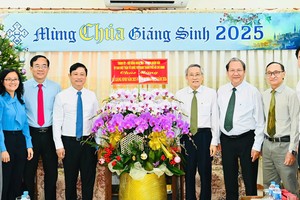
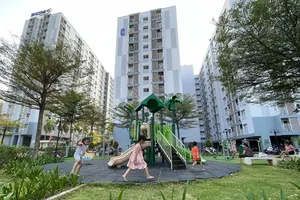



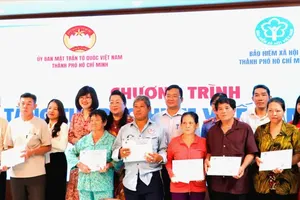
)
